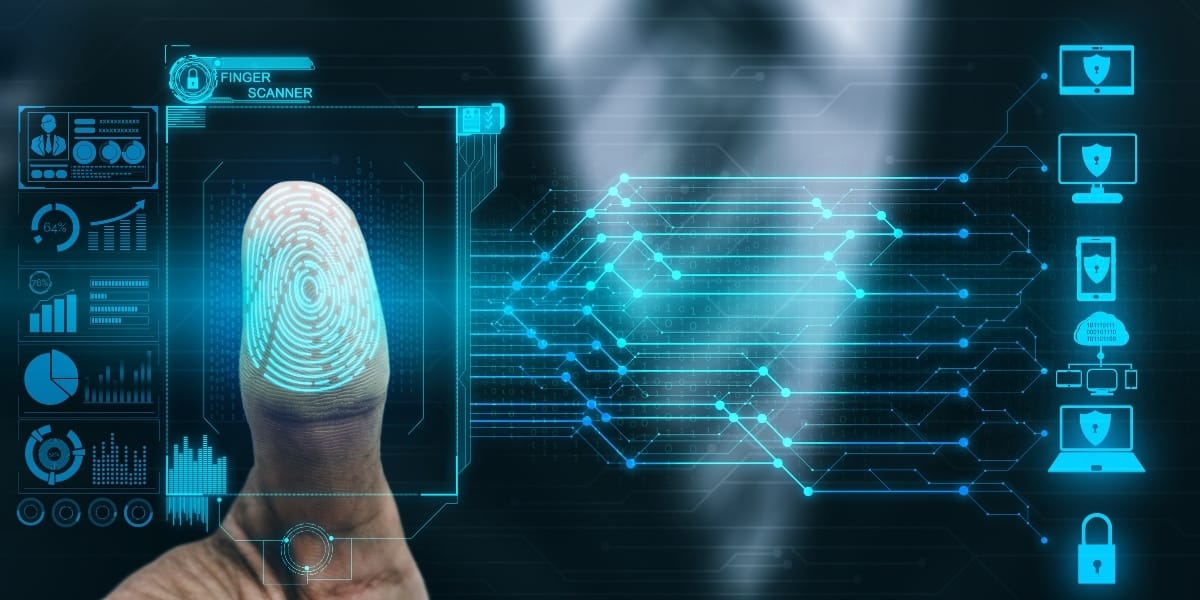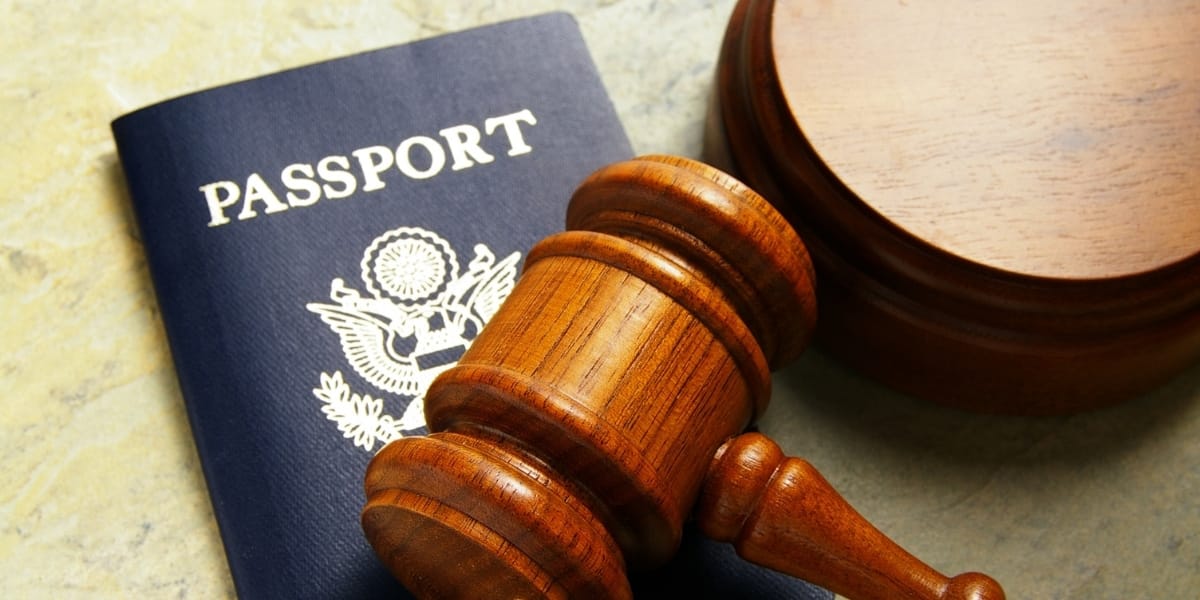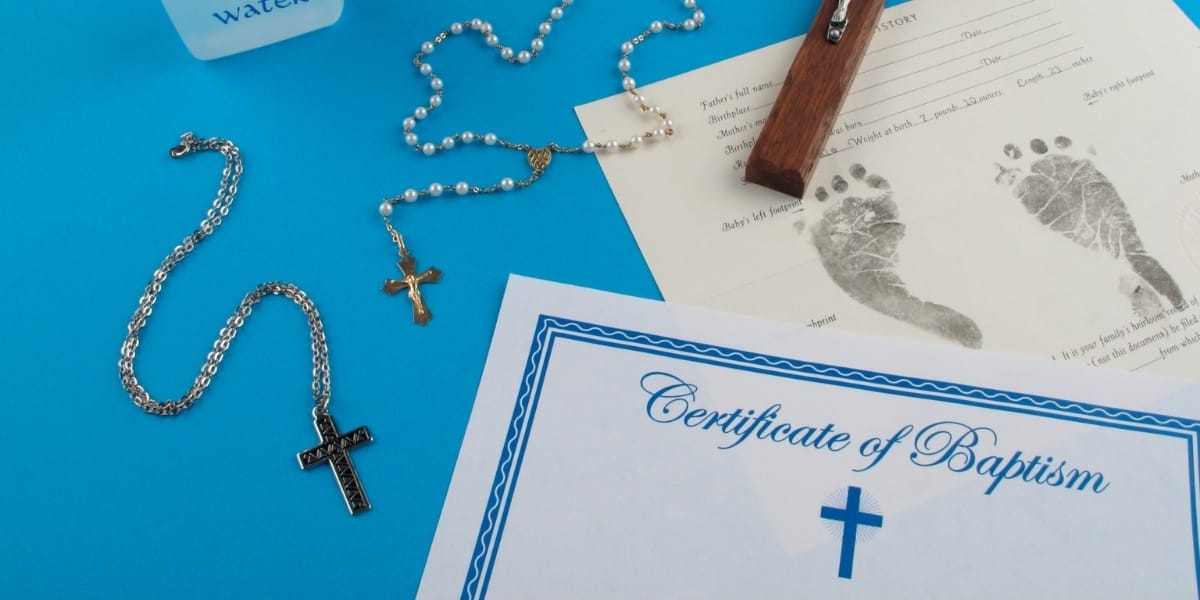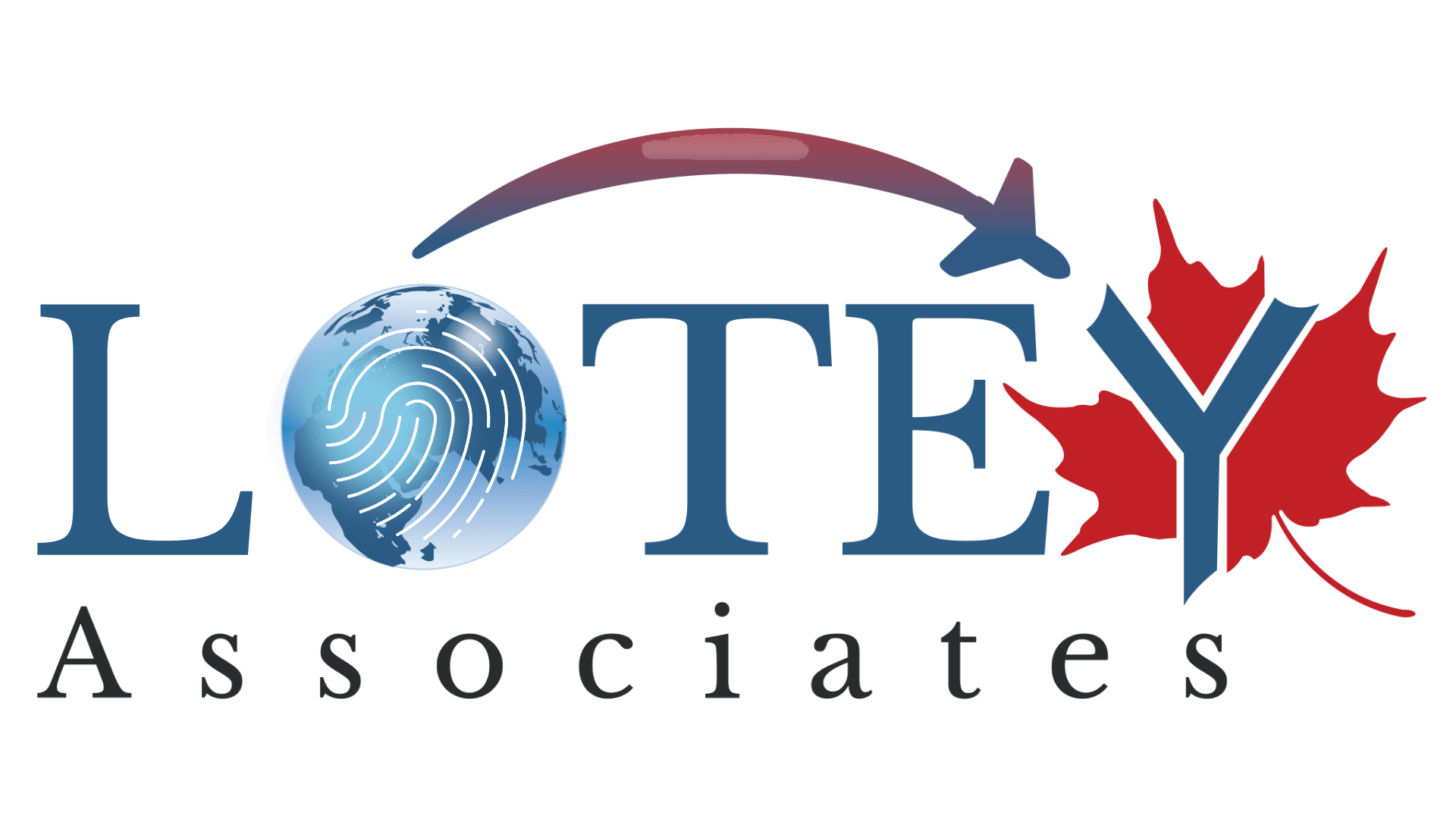Imagine this: You’ve carved out time from your busy day, maybe even taken time off work. You rush to your fingerprinting appointment – only to be told you can’t proceed because you don’t have the right identification. Frustrating? Absolutely. Wasted time? Completely. And for many, it’s not just an inconvenience – it could delay a job application, security clearance, immigration process, or even an important legal matter.
This is exactly why Lotey Fingerprinting, as an RCMP – accredited agency, puts such a strong focus on ID requirements. It’s not about red tape for the sake of it – it’s about protecting you, ensuring legal compliance, and keeping the process transparent and secure.
Today, let’s walk through exactly what you need to bring, why these requirements are there, and how you can breeze through your appointment without a single hiccup.
Why the Fuss About ID?

In a world where identity theft, fraud, and impersonation are rampant, verifying identity is the first line of defense. At Lotey Fingerprinting, this verification step is non-negotiable, because:
- It ensures accuracy – The fingerprints are securely linked to the correct individual.
- It protects your information – Verification prevents someone else from using your identity to submit fingerprints.
- It keeps the process compliant – RCMP mandates strict protocols for accredited agencies.
- It saves time – When your documents meet the criteria, the process runs smoothly—no need for follow-up or rebooking.
Skipping or overlooking requirements can easily lead to scheduling new appointments and delaying outcomes—something no one wants.
The Two-Document Rule (And Why It’s Smart)
Lotey Fingerprinting requires two valid government-issued IDs, with at least one showing both your photo and signature.
Think of it as having two secure checkpoints—just like an airport having both your boarding pass and passport checked. The primary ID confirms the bulk of your identity, while the secondary ID reinforces it, leaving no room for doubt.

Primary Identification: The Main Proof
Your primary identification must include both a photo and a signature, and it has to be an original, valid government-issued document (no expired IDs, photocopies, or screenshots).
Choose one from the following:
- Canadian or International Passport
- Canadian Driver’s Licence
- Permanent Resident Card
- Canadian Citizenship Certificate/Card
- Work or Study Permit (issued by IRCC)
- Record of Landing (IMM 1000)
- Refugee Protection Claimant Document
- Government-issued photo ID (municipal, provincial, or federal)
- Military Family ID Card
- Indian Status Card (government-issued)
💡 Pro Tip: If you’re not sure whether your government-issued ID qualifies as “primary,” call ahead. It’s better to confirm than risk a wasted trip.

Secondary Identification: The Supporting Role
Your secondary identification is there to back up your primary ID, filling in extra details or confirming consistency.
Examples include:
- Birth Certificate
- Baptismal Certificate
- Marriage Certificate
- Student ID (with name & photo)
- Union Membership Card
- Employee ID (private sector)
- Immigration documents (e.g., IMM forms)
- Health Card (in provinces where permitted)
💡 Quick Reminder: Ontario and some other provinces restrict the use of Health Cards for non-health-related services—so check before relying on it.
What’s NOT Accepted (and Why You Might Be Surprised)
Some IDs might seem valid at first glance, but they don’t meet the necessary standards. These include:
- Social Insurance Number (SIN) cards
- Expired documents of any kind
- Credit cards or bank cards
- Library cards
Why? Because these items either lack the right security features, don’t have both photo and signature, or can be easily duplicated. For identity protection, the standard must be ironclad.
What If You Don’t Have Canadian IDs?
Not everyone coming for fingerprinting will have Canadian-issued identification—especially newcomers, international students, or professionals on work permits. The good news is, Lotey Fingerprinting accepts certain international documents as long as they are valid, original, and government-issued.
Accepted international options include:
International Passport (must be valid, with photo and signature)
Foreign Government-Issued Driver’s Licence (with photo and signature)
Work or Study Permit issued by IRCC (counts as Canadian ID if already obtained)
Immigration Documents such as Record of Landing (IMM 1000) or Refugee Protection Claimant Document
💡 Tip: If you are new to Canada and only have an international passport, pair it with a supporting document such as a student ID, foreign driver’s licence, or official immigration paperwork.
This ensures that international applicants can still complete their fingerprinting without delays, while keeping the process compliant with RCMP standards.
The Golden Rules for a Smooth Appointment

Here’s the short and sweet checklist to make sure you’re fingerprint-ready:
- Bring two valid government-issued IDs (one with both photo and signature)
- Make sure both IDs are original documents – no copies, photos, or scans
- Check expiration dates – expired IDs will not be accepted
- Pack both IDs together so you don’t forget one
- Arrive early in case there’s a queue or you need extra verification
Bonus tip: Some people take photos of their IDs for reference—but remember, these are not valid for the appointment; originals are a must.
Common Mistakes People Make (And How to Avoid Them)
- Bringing only one ID – You need two. Always.
- Using a health card when it’s not allowed – Check your province’s rules.
- Assuming a work badge counts as primary ID – Unless issued by the government, it won’t qualify.
- Showing up with expired documents – Even by a single day, expired IDs are invalid.
- Thinking digital copies suffice – They won’t; originals only.
Fix these common slip-ups, and you’ll save yourself stress (and potentially another appointment).
The Security Side of Things: Why Lotey Fingerprinting Is Strict
This isn’t just about your appointment—it’s about data integrity, national security, and fairness.
Fingerprints are unique identifiers. If they get linked to the wrong person because of poor ID checks, the consequences could be huge—for jobs, for immigration status, for legal records.
At Lotey Fingerprinting:
- Every ID is checked face-to-face
- The process is RCMP-compliant
- Records are handled securely to protect your privacy
Think of it like having a security camera in the digital world—this process ensures there’s a factual, confirmable link between your identity and your biometrics.
For Businesses: Why Strict ID Checks Protect You Too
If you’re an employer ordering background checks, you benefit from knowing the results are accurate and legally defensible. Imagine hiring someone whose fingerprint record is tied to the wrong person—disastrous.
With robust ID checks:
- You avoid false matches or mismatched records.
- You maintain compliance with Canadian law.
- You reduce risk of legal disputes.
Lotey Fingerprinting’s adherence to RCMP rules guarantees that what comes back from the system truly belongs to your candidate.
Final Thoughts: Your Checklist for Success
In summary, getting your ID right for your fingerprint appointment is like packing for an important trip—you don’t want to be that person stuck at security because you forgot your passport.
Here’s the ultimate quick reference:
Bring:
- Two valid government-issued IDs
- One with both photo and signature
- Original copies only
Double-check:
- Expiration dates
- Provincial restrictions (e.g., Health Card usage)
- Accepted ID list vs. non-accepted items
When in doubt—call ahead. The team at Lotey Fingerprinting would much rather take five minutes to clarify now than have you face a delay later.
Your Next Step
If you have a fingerprinting appointment scheduled—or plan to book one soon—take five minutes today to gather your documents, confirm their validity, and set them aside in a safe spot.
When you show up fully prepared, you’ll not only save yourself stress but also sail through the process like a pro. After all, the smoother your appointment goes, the sooner you can get on with the real reason you needed those fingerprints in the first place—whether it’s starting a new job, securing an immigration document, or meeting compliance for your profession.
Lotey Fingerprinting isn’t there to make things hard—they’re there to make sure every fingerprint is matched to the right person, the right way, every time.
Frequently Asked Questions (FAQs)
What identification do I need for my fingerprinting appointment at Lotey Fingerprinting?
You must bring two valid government-issued IDs—at least one should have both your photo and signature. Originals only; photocopies and digital scans are not accepted.
What counts as primary identification?
Accepted forms include Canadian or international passports, Canadian driver’s licenses, permanent resident cards, citizenship cards, work/study permits, Record of Landing (IMM 1000), refugee protection claimant documents, government-issued photo ID (of any level), military family ID card, or Indian Status Card.
What can I use as secondary identification?
Documents such as your birth certificate, baptismal or marriage certificate, student ID with photo, union or employee ID, IMM forms, and health card (if permitted in your province) may be accepted.
Can I use my credit card, SIN card, or expired documents?
No, these documents are not accepted for identification purposes.
What happens if I forget one of my required IDs or bring a photocopy?
You won’t be able to complete your appointment and will need to return with the correct, original documents.
Is the fingerprinting process secure and confidential?
Yes, Lotey Fingerprinting adheres to RCMP standards, ensuring your identity and information are handled with accuracy and privacy.
How long does fingerprinting take?
The appointment typically lasts between 15 and 20 minutes.

Navneet Lotey
Navneet Lotey has over 5 years of experience in fingerprinting. He aims to deliver accurate, easy-to-understand fingerprinting solutions for individuals and businesses alike.

